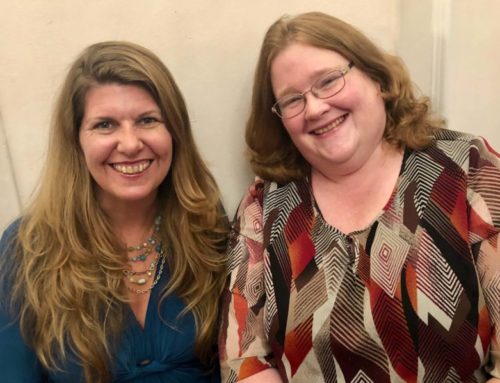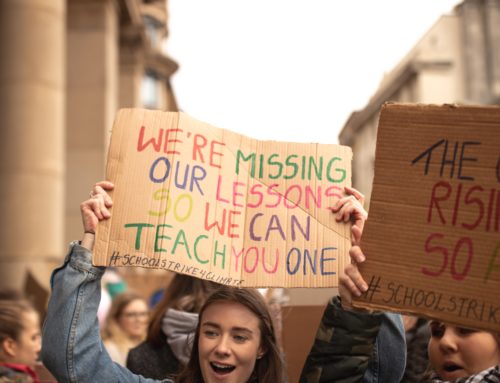Let’s consider what the fight for equal pay can teach us about the art of negotiation. In common with anything we find contentious, it brings with it tricky waters to navigate, teeming with the potential for conflict.
Potential deadlock in Negotiation
In one camp, we have the female employee, who’s feeling angry and short-changed compared with her male colleagues. She may feel she has no choice but to fight for more pay. In the other camp, we have her manager who is faced with trying to broker an agreement. And, typically in this day and age of tight budgets and limited resources, may not be in a position to agree to a salary increase, however much he or she may wish to.

These two parties may seem utterly juxtaposed as they sit across the table from each other. What one demands, the other cannot (or, in the worst-case scenario, will not) grant. One side will almost inevitably enter into the discussion preparing for disappointment and rejection. The other will be shoring up their defences in the event of a deadlock. To their minds, the outcome will be that of “winner” and “loser”. Just as it is with conflict beyond the workplace, this could be a recipe for negotiating disaster.
Negotiating your way past checkmate
But do two opposing positions automatically mean checkmate? In our War to Peace® Advanced Negotiator Programme, we teach participants how to use the 7 Elements of Negotiation. This is the Harvard methodology that was used to negotiate the end of apartheid and create the Camp David Accords.
How could this renowned methodology help these two people? Instead of approaching the conversation as adversaries, they could approach it as joint problem-solvers, where the solution satisfies both parties interests, not their positions. The solution needs to have legitimacy, so that it feels fair, and it should be the best of many options that are better than each party’s best alternative (BATNA).
Partnering up
Even in a fraught situation such as this one, once we stop viewing someone as an opponent, we can start viewing them as a partner. And, if the communication is good and any commitments are well planned, using these 7 Elements will ensure that the relationship will be at least as good, if not better, than it was at the beginning.
The sublime art of negotiation is a combination of joint brushstrokes generating options that could not be generated alone.
What could you do?
- Consider the interests (the why) behind the position (the what). So what are the underlying reasons, values or motivations behind the position you have taken? What about theirs?
- How can you ensure that the options you generate have legitimacy? In other words, they are fair.
- What’s your / their BATNA (best alternative to the negotiated agreement)? This is the most advantageous alternative course of action either of you can take if your negotiation fails and an agreement cannot be reached.
- Pay attention to how you are arbeing in the negotiation. By keeping the 7 Elements in mind, the relationship can be as good or even stronger at the end of your negotiations.
Do you know someone who could benefit from War to Peace®?
If you, or someone you know, could benefit from navigating the tricky waters of conflict and learning the art of negotiation, spaces can be booked on one of our courses that anyone may attend here:
If you would like to know about whether our War to Peace® Advanced Negotiator Programme could help you with a tricky negotiation, please contact me here.
Pass it on
Found this useful? Then please share this article using the icons below and do leave me a comment. Leave your name and email address at the top or bottom of this page to receive more articles like this.
©Chloe O’Sullivan




